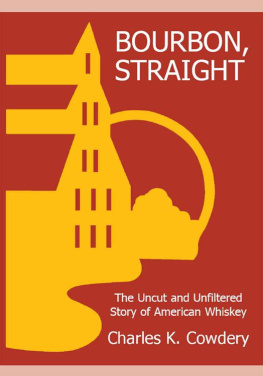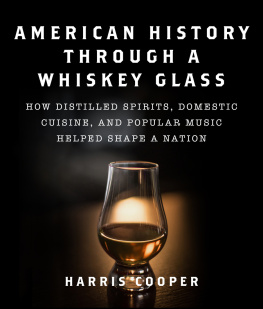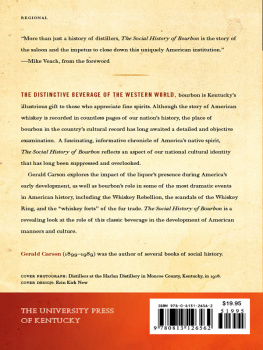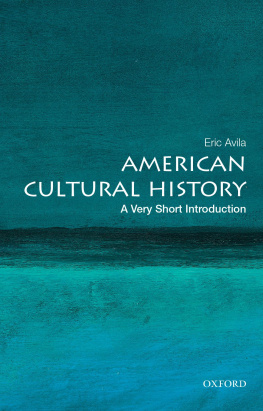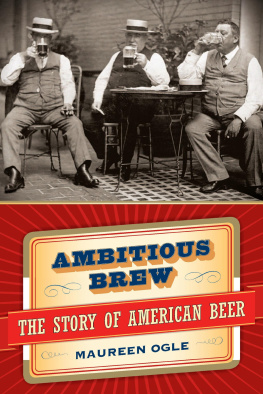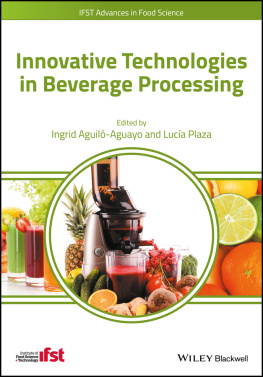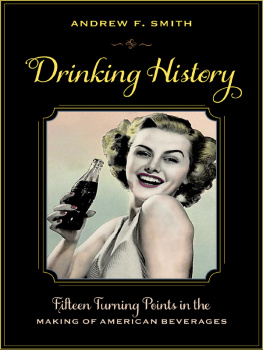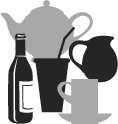Smith - Drinking history : fifteen turning points in the making of American beverages
Here you can read online Smith - Drinking history : fifteen turning points in the making of American beverages full text of the book (entire story) in english for free. Download pdf and epub, get meaning, cover and reviews about this ebook. City: New York, USA., United States, year: 2013, publisher: Columbia University Press, genre: Politics. Description of the work, (preface) as well as reviews are available. Best literature library LitArk.com created for fans of good reading and offers a wide selection of genres:
Romance novel
Science fiction
Adventure
Detective
Science
History
Home and family
Prose
Art
Politics
Computer
Non-fiction
Religion
Business
Children
Humor
Choose a favorite category and find really read worthwhile books. Enjoy immersion in the world of imagination, feel the emotions of the characters or learn something new for yourself, make an fascinating discovery.
Drinking history : fifteen turning points in the making of American beverages: summary, description and annotation
We offer to read an annotation, description, summary or preface (depends on what the author of the book "Drinking history : fifteen turning points in the making of American beverages" wrote himself). If you haven't found the necessary information about the book — write in the comments, we will try to find it.
Abstract: A companion to the authors previous book, Eating History: Thirty Turning Points in the Making of American Cuisine, this volume recounts the individuals, ingredients, corporations, controversies, and myriad events responsible for Americas diverse and complex beverage scene. The author revisits the countrys major historical moments including colonization, the American Revolution, the Whiskey Rebellion, the temperance movement, Prohibition, and its repeal, and he tracks the growth of the American beverage industry throughout the world. The result is an encounter with an aspect of American culture and global influence. Americans have invented, adopted, modified, and commercialized tens of thousands of beverages, whether alcoholic or nonalcoholic, carbonated or caffeinated, warm or frozen, watery or thick, spicy or sweet. These include uncommon cocktails, varieties of coffee and milk, and such iconic creations as Welchs Grape Juice, Coca-Cola, root beer, and Kool-Aid. Involved in their creation and promotion were entrepreneurs and environmentalists, bartenders and bottlers, politicians and lobbyists, organized and unorganized criminals, teetotalers and drunks, German and Italian immigrants, savvy advertisers and gullible consumers, prohibitionists and medical professionals, and everyday Americans in love with their brew. Here the author weaves a history full of stories and explanations for such classic slogans as taxation with and without representation; the lips that touch wine will never touch mine; and rum, Romanism, and rebellion. He reintroduces readers to Samuel Adams, Thomas Jefferson, George Washington, and the colorful John Chapman (Johnny Appleseed), and he rediscovers Americas vast literary and cultural engagement with beverages and their relationship to politics, identity, and health
Smith: author's other books
Who wrote Drinking history : fifteen turning points in the making of American beverages? Find out the surname, the name of the author of the book and a list of all author's works by series.








